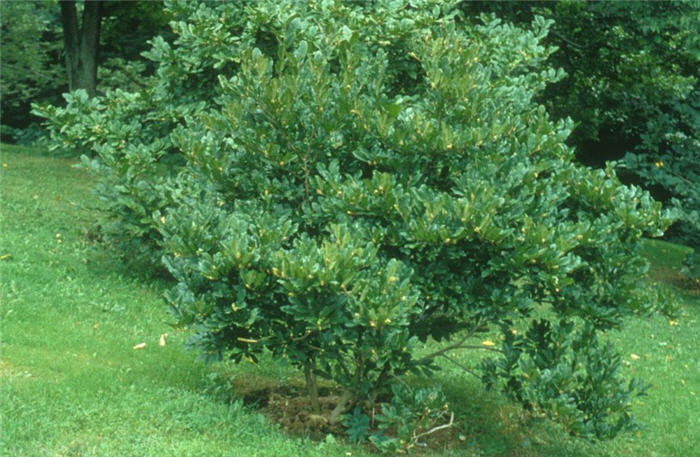| Botanical Name: Magnolia stellata 'Centennial' | |
| Common Name: Centennial Star Magnolia |

-
Anatomy
-
Culture
-
Design
Plant Type
Tree, Shrub
Height Range
6-12', 12-25'
Flower Color
White
Flower Season
Spring
Leaf Color
Green
Bark Color
Grey
Fruit Color
n/a
Fruit Season
n/a
Sun
Full, Half
Water
High, Extra in Summer
Growth Rate
Slow
Soil Type
Clay, Loam
Soil Condition
Average, Rich, Well-drained, Moist
Soil pH
Neutral
Adverse Factors
n/a
Design Styles
Formal, Japanese, Tropical, Woodland
Accenting Features
Fall Color, Fragrance, Showy Flowers, Specimen
Seasonal Interest
Spring, Fall
Location Uses
Background, Entry, Perennial Border, Shrub Border, Foundation, Patio
Special Uses
Cut Flowers, Screen, Small Spaces
Attracts Wildlife
n/a
Information by: Stephanie Duer
Photographer: Connon Nursery
Photographer: Connon Nursery
-
Description
-
Notes
Centennial magnolia is a small, slow-growing tree or large shrub that reaches 15 to 20 feet tall and about 12 to 15 feet wide. It branches close to the ground and has a dense head of foliage. In late spring, rose-flushed buds open to reveal fragrant blooms with frilly slender petals in crisp white with a hint of pink. Plant in a sheltered area, though not against a south or west-facing wall or fence.
Grow in well-drained, loamy soil in full sun to part shade. Prefers rich, organic soils. Best in a location sheltered from high winds, except avoid protected southern exposures where the buds may be induced to open too early. Not a low-water plant, but with proper siting it will grow with weekly summer watering.